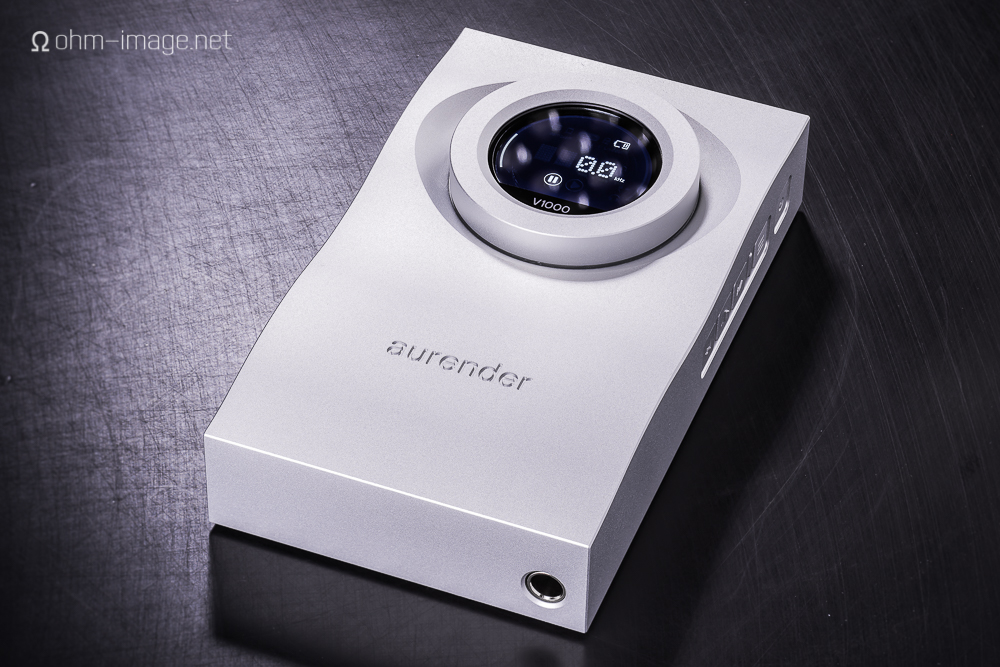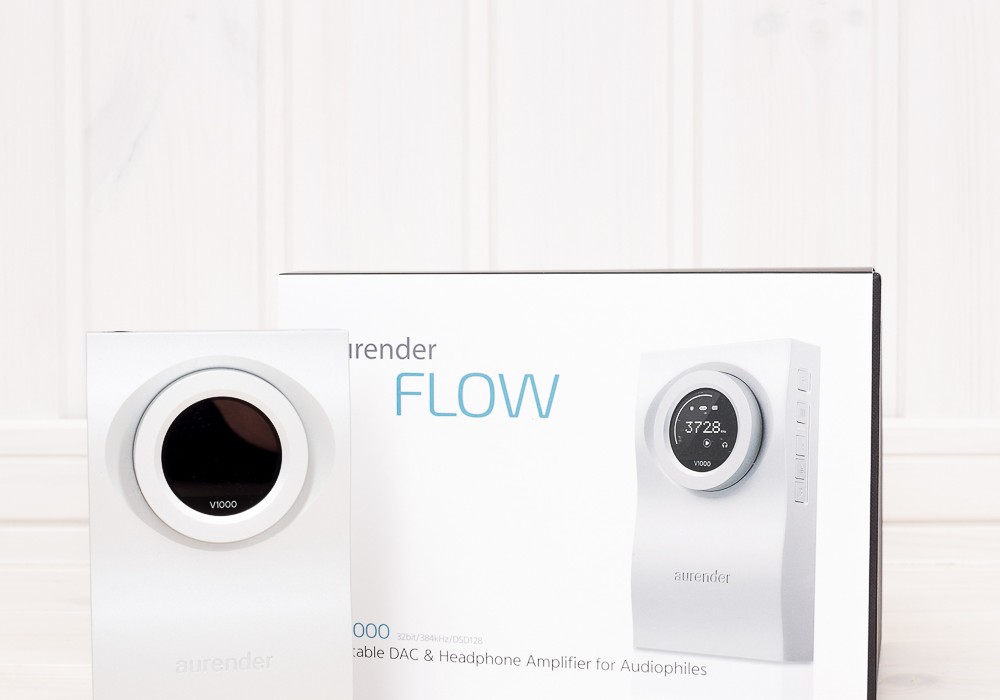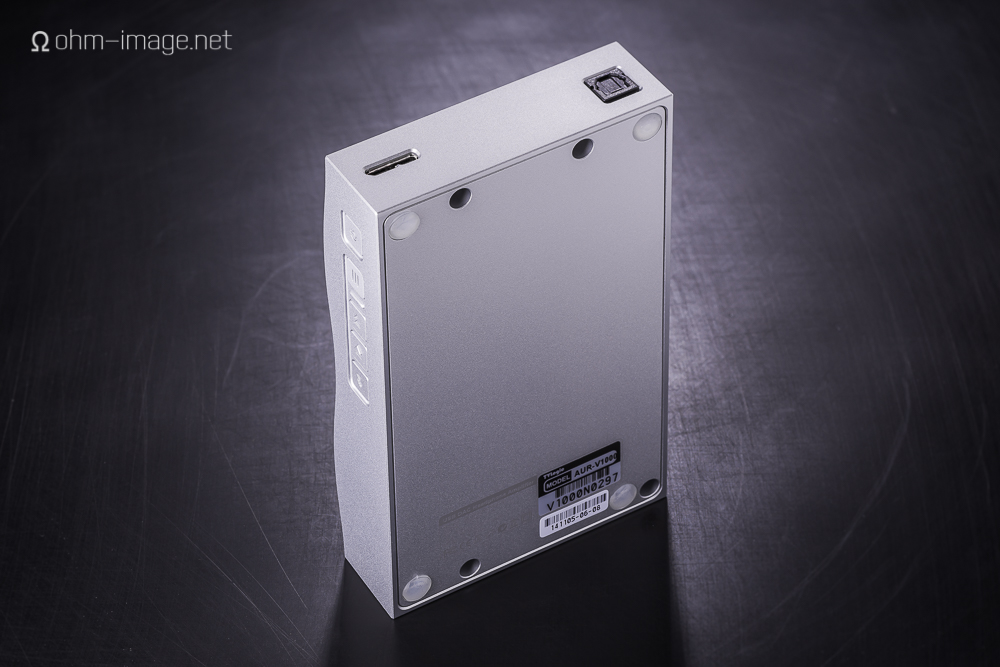Amp sound and performance
While its DAC doesn’t deliver industry-leading numbers, the FLOW’s amp is tip top. First and foremost, it delivers extremely low levels of background hiss to even the most sensitive earphones on the market. In my case, those earphones are Ultrasone’s IQ, which hisses like a snake from the awesome RWAK100, or an iPod nano 1G. Even the iRiver AK240 makes noise through them. Ho hum. But the FLOW, like the Calyx M, is mostly quiet, and wonderful through the most sensitive of earphones.
Secondly, FLOW puts out the right amount of current at all voltage levels. It supports low-Ω earphones perfectly, and supplies ample current and voltage to hungry headphones to keep signal levels at very high levels irrespective the output volume. It doesn’t matter that your earphone has 1 driver per side; it doesn’t matter that your earphone has ten: you’ll find the FLOW supplies the same quality signal to both. This can be corroborated with hardware benchmarks.
I am most comfortable listening to the FLOW at volumes levels of -60 at max when pairing with the Ultrasone IQ. After that, it’s time for pain. But even at higher volumes, there isn’t the slightest hint distortion. Ditto with efficient headphones like the Beyerdynamic DT880 600Ω. Of course, I’m using the DT880 600Ω at volume levels from -40 to -25. (FLOW goes to 0dB.) Mr. Speakers’s Alpha Dogs get about the same mileage. And not a one challenges the FLOW’s good at all. Signal quality deviates by an average of less than 1%.
One thing you will notice is that no matter what you have plugged into it, and no matter realistic listening volume, control over distortion, and the maintenance of stereo separation is tip-top. In other words, FLOW is loadless. Not only do you not need an outboard amp, that amp will undoubtedly lower the quality of the signal by a good margin.
Which puts it way ahead of most of the competition out there.
There are two areas to which addendum is necessary:
insensitive, current-hungry headphones such as the Mad Dog go a bit treble wonky when volume is maxed both on output USB source and FLOW.
depending on input source, there can be large L/R channel imbalances
As for 1: those levels are insanely high. I am barely comfortable listening to the Mad Dog/FLOW at volume levels of up to -20. I start to get headaches after that. Add another 20dB and I’d have to retire from reviewing headphones. My ears would be dead. I can’t stress this enough; recently, a mate of mine intimated that the output of the FLOW wasn’t strong enough with certain planar headphones. It most certainly is. If you feel that you aren’t getting enough volume from your favourite planar headphone via the FLOW, there are only two possible answers:
1: an overlooked interface problem;
2: or you have already ruined your ears.
I’ve tested my hearing, measured my average listening levels, and corroborated the two with doctors. I do not stray from safe to semi-safe listening levels. For review purposes, I have machines that test distortion at high volumes, and use my ears to see how a signature changes when a DAC or amp is really pushed. But, at those volume levels, my ears are never inside the headphones.
If you feel FLOW doesn’t deliver enough volume, your ears are already deaf. Be careful.
Back to the second addendum:
When fed USB signals, channel imbalance is insignificant but measurable. When fed optical signals, that imbalance rises exponentially, and is audible. I have used a variety of sources and found the FLOW to react to each in the same manner.
Overall, I am more than impressed.
DAC sound and performance
Aurender have taken sides. FLOW defines sharp attack in the upper midrange, and balanced stereo detail evenly between lows, mids, and highs. But its aim isn’t reference. Its aim is home, or HiFi, or enjoyment.
I won’t go so far as to say that it delivers an easy-listening experience. That would be wrong. Rather, it errs on the side of pleasure. What I love about it is its upper midrange ring, which hangs on to decaying edges for a fraction of a fraction of a second longer than do many other DACs. This minor cleaving to fading signals draws a room in your headphones. Not a sonically dead room; rather a room with proportionately minuscule wet reverb. Like being in a well-damped lounge.
The default DSP setting rolls off highs safely, but perceptibly. The resultant signal straddles the fine line between accuracy and comfort. Distortion levels are low, and since the amp is so damn good, they never ramp up no matter the headphone, or earphone. Stereo definition is even from lows on up, but its the middle of the frequency spectrum that really shines. FLOW loves mids. And while it doesn’t flatten peaky highs, it blankets the shrillest spikes.
I’m 35. I’ll be 36 in October. At least that’s what my wife tells me. The older I get, the more I realise that I want to enjoy my music. The FLOW, while not totally aimed at the bleeding-heart, soupy HiFi enthusiast, satisfies most of her demands for emotion while not totally alienating the reference-head. Aurender have melded accuracy, have dropped distortion levels, have upheld DAC integrity in their amp, and have delivered a sound that advertises a sensible attention to the enjoyment of music, rather than to absolute definition.
It’s not heavy. It’s not florid. It’s just right.
Which may make it a somewhat difficult sell to people that want a total comfy-chair listen. Those people are better served by the MyST PortaDAC 1866. And, despite posting incredible performance from its amp, the DAC softer than reference.
Soundstage is incredibly round and full. Individual instruments are keenly wrought; but the stage isn’t crazy wide. Again, it’s a balance toward the centre that may appeal to less to the 20-something and more to the graduate to middle management. Having tested the FLOW on a few 50 year-olds, I have a feeling that it will satisfy the transfer to upper management just as well.
Headphone pairing
As mentioned above, it doesn’t matter what headphone you plug FLOW into, you will get perfect definition, perfect signal quality, and very low noise floor. That said, the most sensitive phones will pick up channel imbalance at low volumes. And, as FLOW traces the fine line between comfy and reference, it is best paired with headphones that are neither too reference, nor too laid back. In other words, it will prefer the DT880 to the HD650. It will favour the Grado GR10 to the Koss Porta Pro. And then there’s you: if you own a pair of AKG K701s, you probably are looking for 100% reference. Or, you realise you made a mistake, and you want something comfy. FLOW is neither one. It’s the middle, and it completely rocks it there.
Conclusion
If I were a DAC, I’d want to be designed and built in Korea by a Aurender. Why? HAL9000 design cues are never populace enough. Nicely unintelligible UIs, however, are. Aurender could have worked their UI better. The good part is that FLOW forces one to spend time with product literature.
I’d like to be the FLOW.
It sounds great, works with every bloody USB device you can throw at it, packs in a Vessel screwdriver, and has enough power to punch most every headphone, and most ears, into orbit around Saturn. And that punch: poised attack, coupled with softening hi-end decay, and filters aplenty, really hits home. And never, ever, does it give way to hard-to-drive earphones or headphones. Plug it into your favorite HiFi. Plug it into your favorite earphone. Plug it into your favorite headphone. The zero load you heard from the HiFi is what you’ll hear from your favorite earphones.
It is a damn fine machine.
It could be that the FLOW’s amp section is held back, at least numerically, by its DAC. I would argue that that it is intentional. Aurender targeted a specific sound, and honed that target to near perfection. As unintelligible as its interface may be; as much as you may need to pour over its manual; as much as you may mistake it for a HAL9000—powered vending machine in miniature, FLOW is something awesome, something else.
Which is all I think any conscious, or unconscious, entity can ever hope to be.


















Dave Ulrich
Nice one, Nathan!
ohm image
Thank you Dave. This really is a well thought-out DAC with a great amp section. It is, however, kind of a bugger to work.
George Lai
Daisy Daisy?
dalethorn
Bicycle built for 2
George Lai
Guess we have to wait for Nathan’s “answer, do”.
Ankit
Hi how do you play the music on the mSATA SSD without a mac/pc? Can you use an idevice as a remote for that?
ohm image
You cannot currently do that. You first have to install the drive, then hook it up via a Mac or PC.
digitldlnkwnt
“What are you doing Nathan, I don’t think you want to do that”- Aurender stuns you..
ohm image
It really does. It is a very well thought-out device whose engineers somehow missed the forward/reverse button. But very, very good.
ohm image
Oops, I missed the reference. Sorry. I guess I’m having to open the pod bay doors to get back to 2001.
Patrick.C
Thanks for putting your time in this review Nathan. Truly a remarkable gadget, it would be great to test those for a week and pay a small price to get a better feeling if it is worth to buy something in this region or in the less category.
ohm image
Yes, it’s very hard to decide immediately on a DAC. It would be much better if a person could borrow, or spend at least five hours with one before making a decision.
HF
Flow, Mojo or Hugo?
for driving LCDX and HD650.
thanks